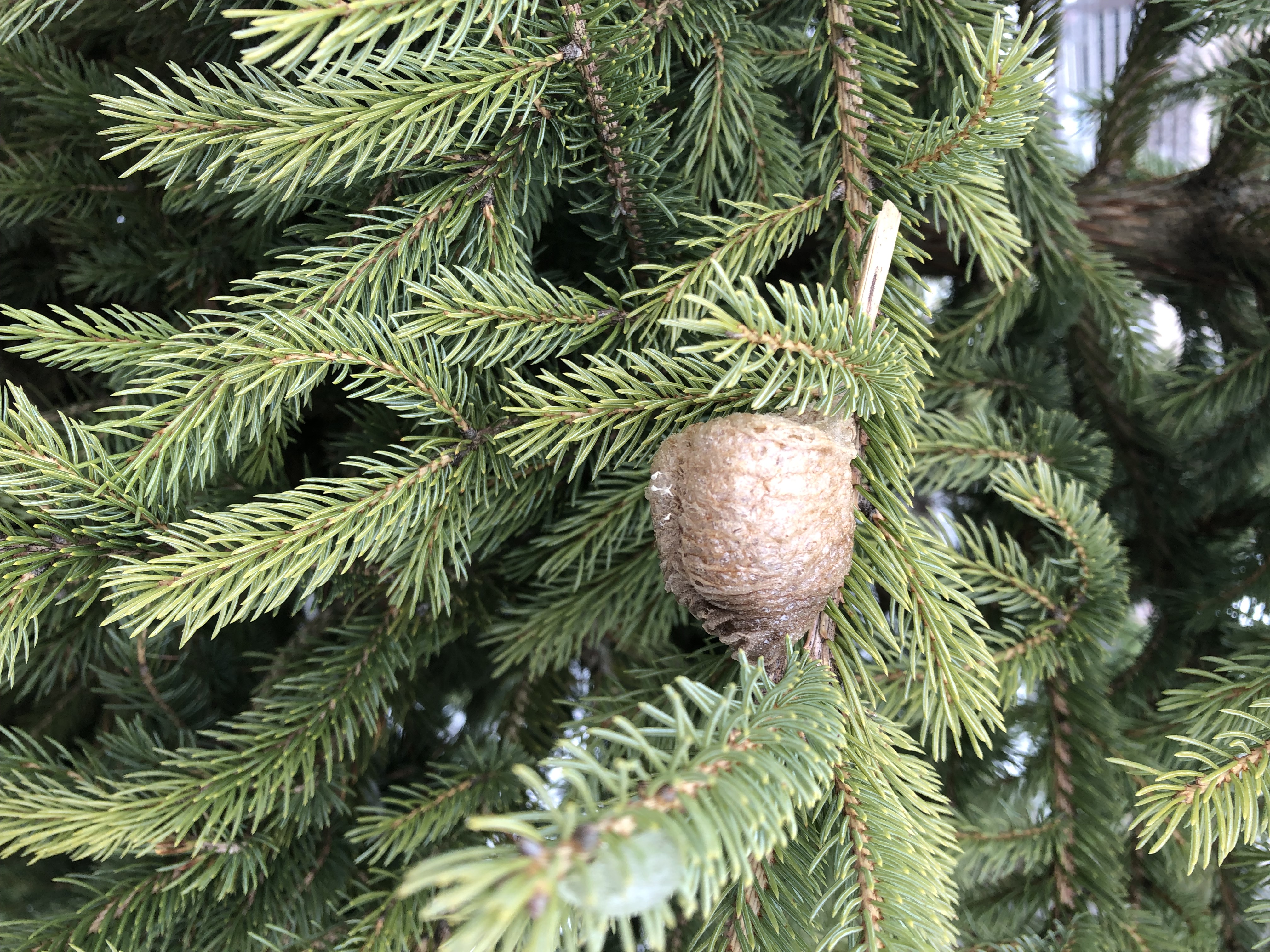Study of the Chinese Ootheca – An Insect
Known For Self-Organization
A study conducted in 2007 by a team of Chinese scholars 清香, this research has revealed that there
are more males than females amongst Chinese praying dogs. The study goes on to state that
the proportion of females in a pack is almost half, while that of males is just over a third. This
startling finding came as a complete surprise to the researchers, who analyzed the behavior of
the different species in relation to the characteristics of their respective environments, and how
they interact with each other. The results of their study also showed that male praying dogs have
slightly stronger smelling abilities than females do.

The study went on to state that it was the lack of smell which led to the excessive amount of
aggression seen in male Chinese praying dogs. The conclusion of the study therefore proves
that it is the smell of the male which motivates them to protect females from potential threats.
Interestingly https://jinpaper.com/colle, the study also suggests that it is the lack of smell which is responsible for the lower
success rate of females in their sexual hunt for mates. The study therefore goes on to state that
the male’s body scent glands produce a far greater quantity of a chemical known as
Corticosterone which acts as a motivator for the actions of both male and female species of
Chinese praying dogs.
While studying the traits of Chinese mantis shrimp and the Chinese praying dogs, the
researchers made note of the fact that the Chinese mantis has a highly developed sense of
smell. Specifically, the Chinese mantis senses different scents in the air using its head, as
opposed to using its claws. Its sense of smell is also highly developed, which is in stark contrast
to that of the American praying dog, whose sense of smell is solely based on its claws. In
addition to this, the Chinese mantises also have highly developed eyesight; however, the
American mantis has highly evolved ears. The ears of the Chinese mantises are highly
developed, and they are set far back on their head than the American mantis’ ears are.
Furthermore, the study states that the Chinese mantis’ tail feathers serve as an odor deterrent
for many of the insects they hunt. The tail feathers of the Chinese mantis are highly evolved with
highly developed ridges, which serve as a scent deterrent for many of the other insects and
pheromone laced creatures they seek out. This helps to ensure that the Chinese mantis doesn’t
become trapped or entangled with any insects when hunting. It also serves to keep the mantis
from being unable to move as fast as it would without the ridges on its tail.

However, the study conducted on the Chinese mantis revealed a possible weakness to the
species, when it comes to reproduction. Specifically, it was discovered that the female Chinese
mantis may lay one or two eggs, but these eggs hatch after only one day. The eggs hatch after
three days of incubation, where the newly hatched larvae (called instar larvae) feed off of the
body fluids of the mother Chinese mantis for their nutritional needs before beginning to grow and
develop. However, it was observed that, these developing larvae did not have good growing
capacities. As a result, the insects take on the characteristics of their larvae during the later
stages of life.
Some of the characteristics of the Chinese ootheca mimic those of the modern-day bees, such
as honey and wax. They are considered to be coniferous, meaning that they grow in trees.
Some of the largest species of this mantis family can grow up to one meter in length. The
Chinese mantises, also referred to as the Chinese praying mantis, may also be the first insect
ever to utilize the process of self-organization. In other words, this group of insects learned how
to manipulate their environment through the use of the simple method of internalizing and
expelling cells via means of their digestive tracts.
